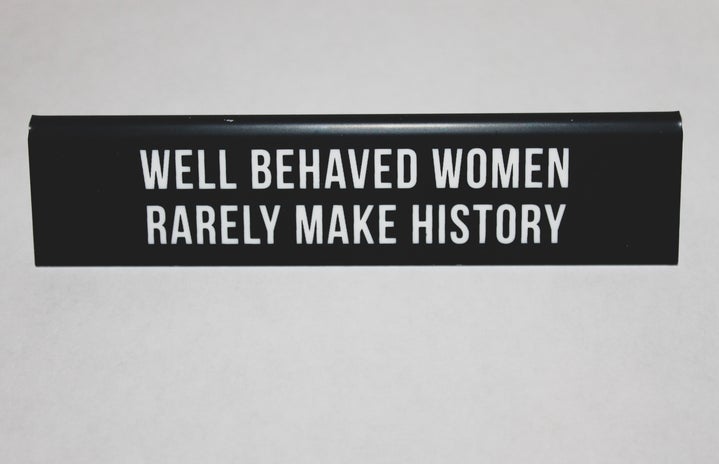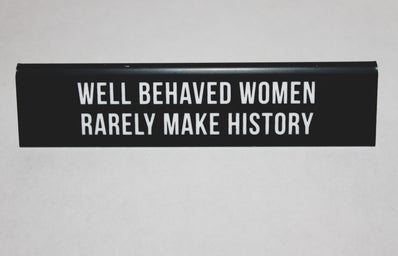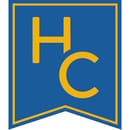Have you ever looked at the crosswalk light while crossing a street and thought to yourself “Huh, I really wish the person on that sign was a woman?”
Yeah, neither have I.
But apparently, some people have thought about this. Recently 10 intersections in Melbourne, Australia, introduced crosswalk signs depicting women instead of men.
NBC News spoke to citizens about their thoughts on the lights. One man said, “It’s just a light.”
He’s right — it is just a light, whether the person depicted on it is a man or a women. But the fact that most crosswalks naturally have men on them is just one of many examples in our world where men are the default. The human race is called “mankind” for crying out loud. Many aspects of our modern societies were designed at a time when men were significantly more powerful than women.
Today, women and men are more equal, even though most countries remain far from being perfectly gender equal. Issues like microaggressions, small things that reinforce larger inequalities, have given way to innovations like these crosswalk signs which represent women. These signs are a positive first step in eliminating the assumptions that accompany a world designed by, and for, men.
When we see men as the default, even in something like the image of the person on a crosswalk, we may assume that men are inherently more powerful than women. Of course, this shouldn’t be true — men and women are fundamentally equal, and deserve to be treated as such. The problem is that women often aren’t treated equally to men, and that some women even believe that they do not deserve to be equal to men.
This is why the feminist movement exists — to tackle underlying issues, such as everyday items inferring men are superior, and to create larger, structural changes in society that create equality for men and women. In the case of the crosswalk lights, the underlying issue is that men are overrepresented in roles where it would make just as much sense to have a women present. So maybe if more women crosswalk signs are constructed, society will begin to implicitly view men and women as more fundamentally equal.
But is the representation of women on crosswalk signs the most important issue facing women in the world? Unquestionably, there are more important issues for women, especially outside of the confines of places where these crosswalks have been implemented. The wage gap, violence against women and lack of access to reproductive services are a few examples of some such issues.
I appreciate the intent behind the crosswalk signs. While some may see them as “just lights,” the idea of trying to represent women in an area where men are seen as the default is a good way to change the way we think about representation and equality. I also think, though, that it is important to pair the commitment to create crosswalk signs with women on them with a commitment to spend time, money and resources on the critical issues facing women all over the world.


